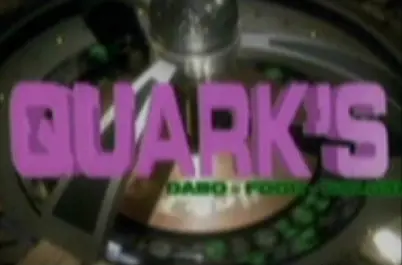

According to this, they used “the original 3D scene files”
Memory Alpha cites this as well as several other sources, showing the files were preserved and used at least in part in the documentary due to vigilant former effects workers.
https://memory-alpha.fandom.com/wiki/CGI#Remastering_projects.27_ramifications









Despite the issues with S3, I’d still say it isn’t horrible and worth watching. There’s a couple good episodes, and hey - it’s not TNG S1.